Ever wondered about wild monkeys in Florida? It's not just beaches and theme parks that capture the heart of the Sunshine State.
Beyond the usual attractions, there's a world where monkeys swing freely in their unexpected habitat.
In this guide, we'll point you to the best spots to witness these incredible creatures and share the tales of how they made Florida their home.
Grab your adventure spirit, and let's explore!
3 Best Locations To See Wild Monkeys In Florida
Here are some reliable spots to potentially observe these fascinating monkeys:
1. Silver Springs State Park
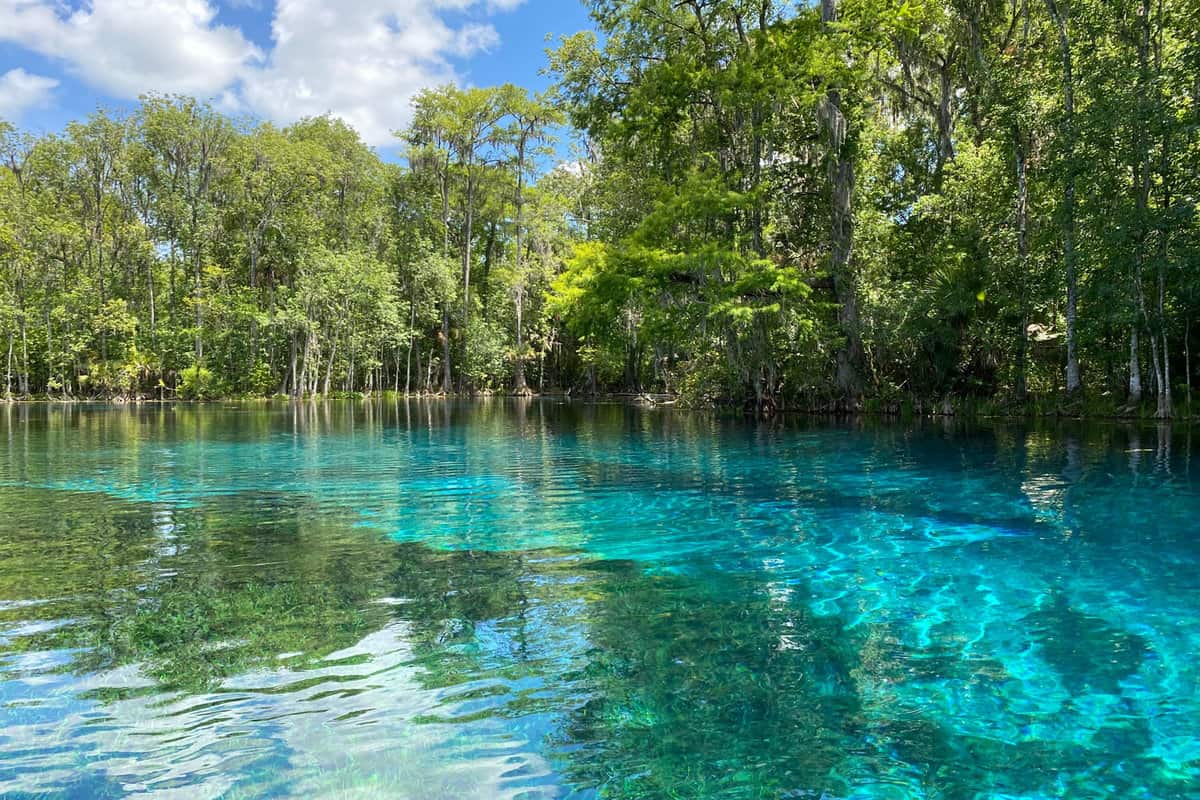
Groups of rhesus macaques roam Silver Springs State Park in central Florida. They originate from a 1930s wildlife exhibition.
Hiking the trails and glass bottom boat rides offer chances to see the monkeys swimming, sunbathing, or foraging.
Early morning and dusk provide peak viewing times.
2. Fort De Soto Park
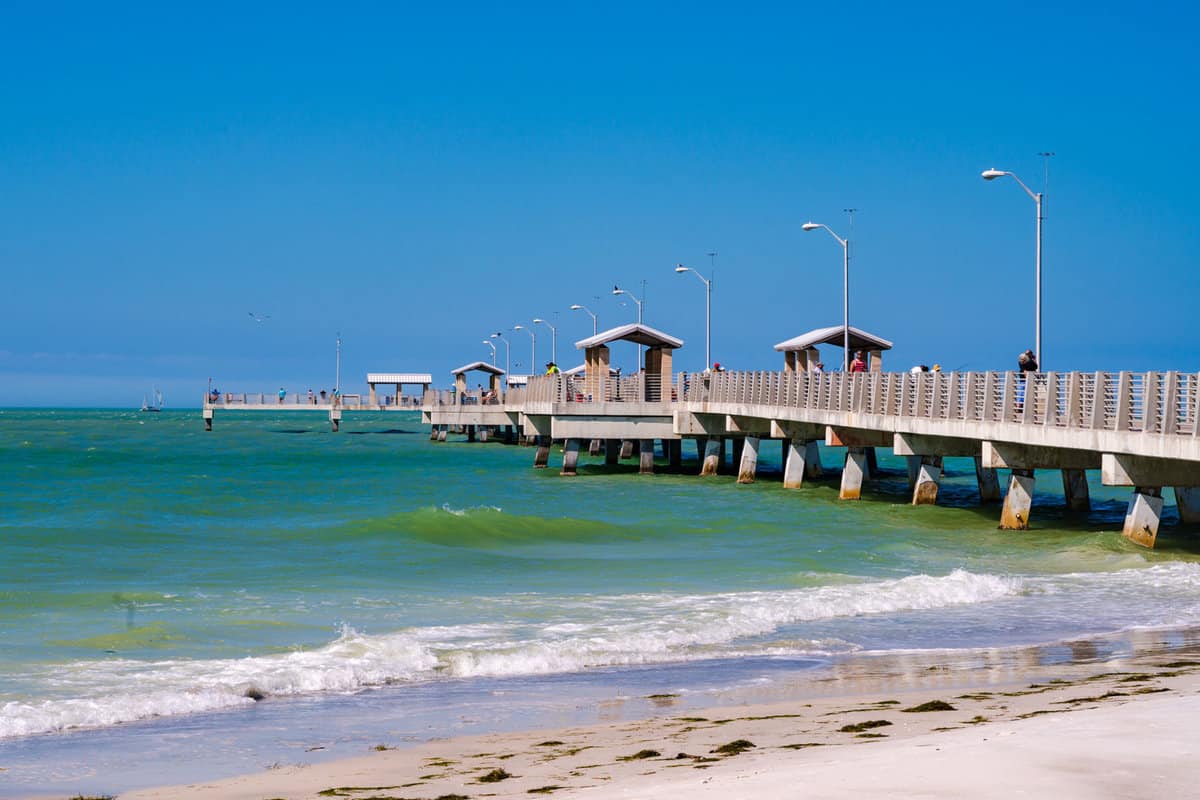
A troop of monkeys resides in Fort De Soto Park near St. Petersburg primarily on long Mullet Key.
They descend from monkeys used in a Tarzan movie filmed there in the 1930s.
Picnic areas and nature trails wind through their range, providing possible monkey sightings.
3. Ocala National Forest
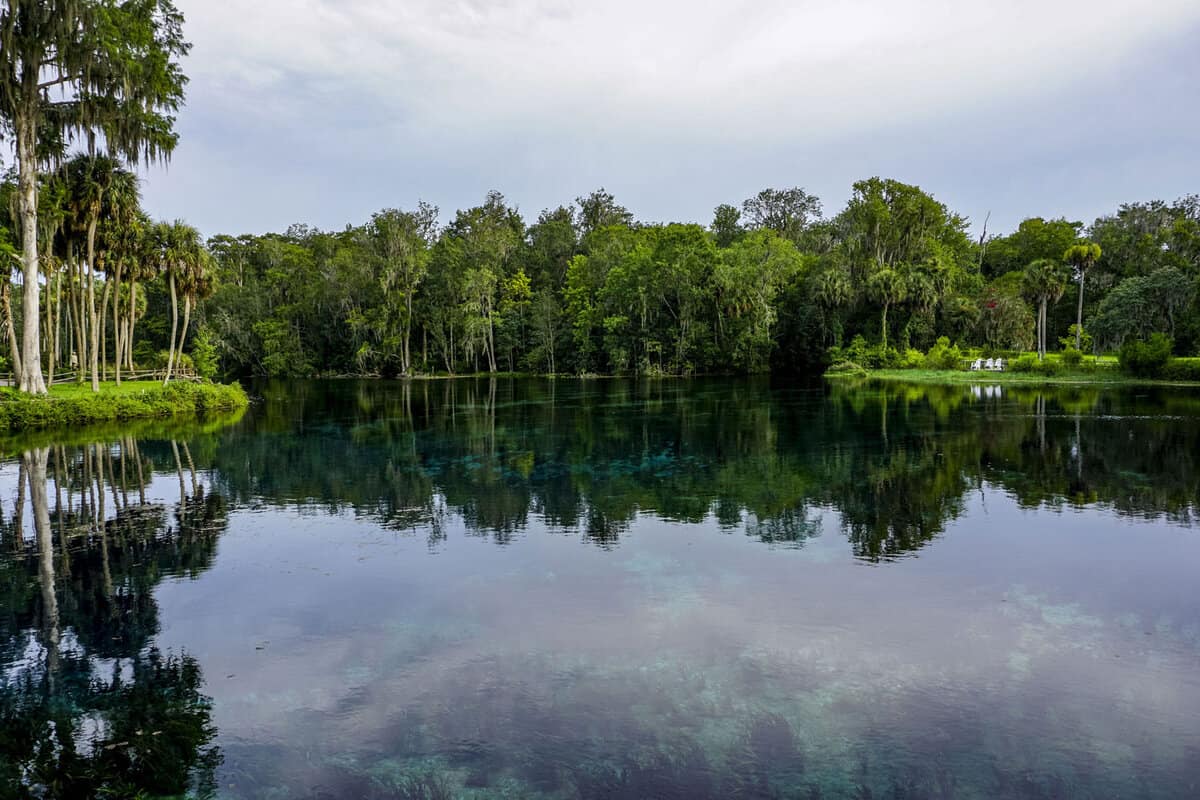
Portions of Ocala National Forest contain monkey colonies stemming from an animal attraction in the 1960s.
Salt Springs and Alexander Springs offer habitats for these monkeys.
Keep an eye out when hiking, boating, or camping in the forest. Though elusive, their chatter gives them away.
Where Did the Monkeys in Florida Come From?
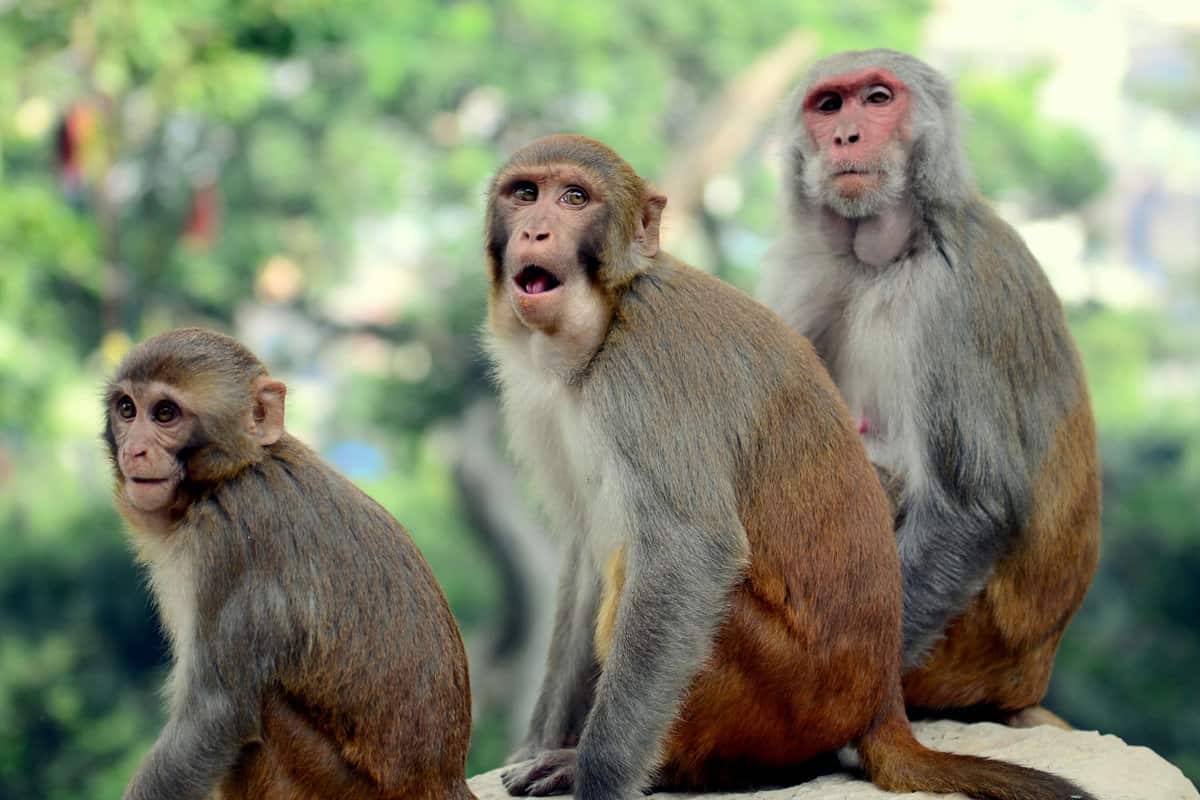
Florida's current monkey populations descend from primates originally brought to Florida for attractions, breeding facilities, and movie projects last century:
In the 1930s, a wildlife attraction released six rhesus macaques on a jungle cruise river to create a "Monkey Island" attraction at Silver Springs. This group reproduced into today's large Silver Springs monkey troop.
Rhesus macaques filmed in the Tarzan movies at Fort De Soto Park in the 1930s-40s remained and established a wild colony through breeding after production wrapped.
An attraction breeder based in Ocala released monkeys into the nearby forest before closing in the 1960s. Their descendants make up Ocala-area monkey sightings.
Additional monkey species like vervets and squirrel monkeys escaped other breeding farms and roadside zoos over the decades adding to Florida's exotic monkey melting pot.
So while not native, many of Florida's monkey colonies have existed for generations.
Their jungle-ready traits allow them to thrive in Florida's habitats despite their unconventional origins.
Florida's Monkey Population Numbers
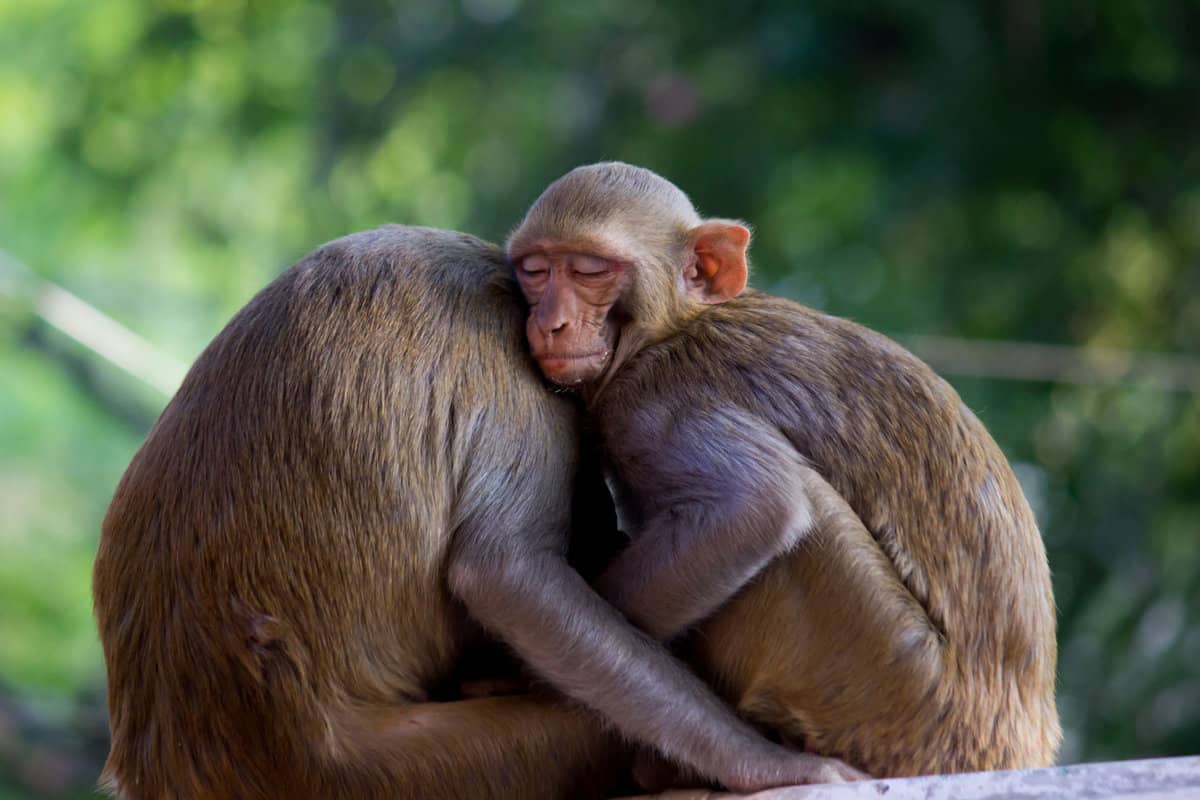
While an exact count is difficult with their secluded habitats, experts estimate there are at least 1,000-2,000 rhesus macaques living in Florida's wilderness.
Silver Springs State Park likely hosts 300-400 monkeys descended from a 1930s wildlife exhibit. Another 800-1000 rhesus macaques inhabit the forests around Silver Springs.
The Fort De Soto Park troop totals around 100-125 monkeys originating from a Tarzan movie filmed there in the 1930s.
Ocala National Forest may have over 100 monkeys stemming from an attraction escape in the 1960s. Additional scattered troops likely exist elsewhere statewide.
Though an introduced species, the monkeys seem to have adapted successfully to Florida's ecology.
Mild weather and abundant food enable their breeding groups to flourish. Wildlife officials monitor populations to assess any evolving concerns.
A Respectful Adventure Awaits
As you embark on your journey to witness Florida's wild monkeys, always remember the importance of coexisting respectfully.
These primates, though not native, have carved out a unique niche in Florida's diverse ecosystem. Keep your distance, avoid feeding them, and relish in the natural spectacle from a safe vantage point.
By understanding their origins and appreciating their role in the local environment, you're not just an observer but a guardian of their legacy.
Now, with your newfound knowledge and respect, go forth and discover the wild side of Florida!
Curious about other animal attractions in Florida? Check these out:
Sea Turtle Nesting Season In Florida: Witnessing The Miracle Of Life
Florida’s Unbelievable Giant: The Tale Of Big Betsy, The World’s Largest Lobster
Can Flamingos Fly? Discover The Magic In Flamingo Beach Florida
